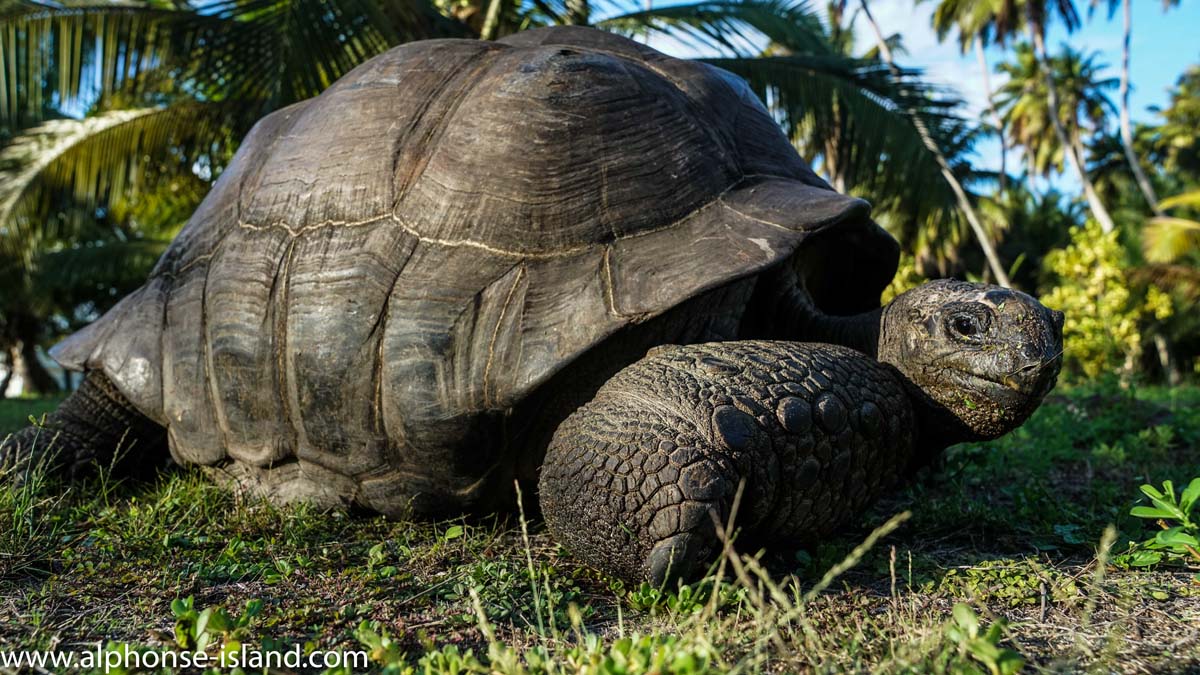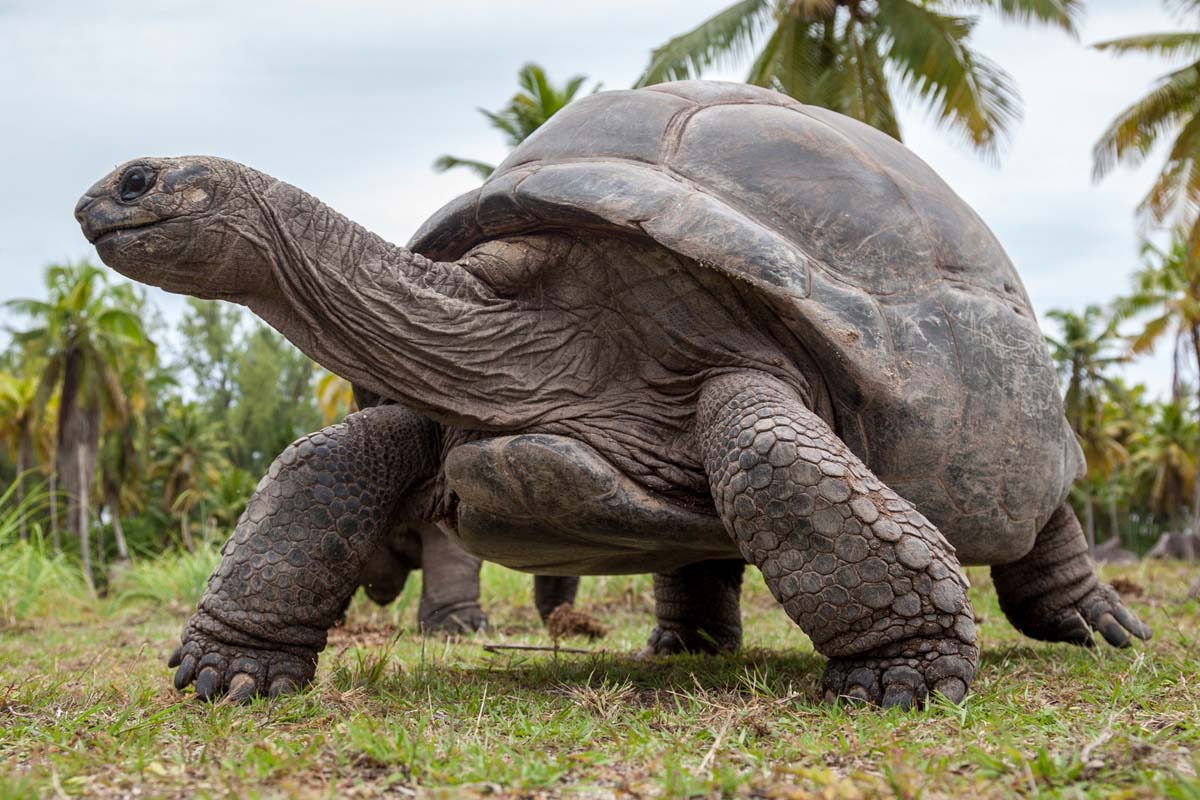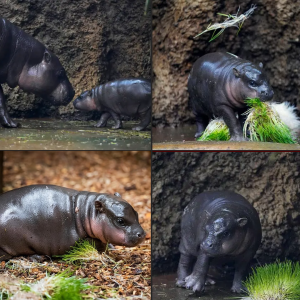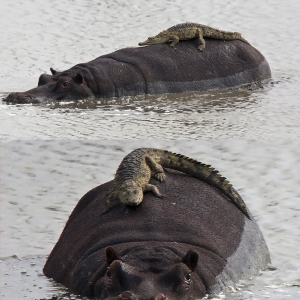:focal(400x267:401x268)/https://tf-cmsv2-smithsonianmag-media.s3.amazonaws.com/filer_public/c1/5b/c15b6240-0bcf-4d84-83f1-ae07fb0eda02/gettyimages-863814132.jpeg)
The world’s oldest living land animal, Jonathan the Seychelles giant tortoise, celebrated his 191st birthday this week. With this new milestone, he also broke his own record as the oldest chelonian—a tortoise, turtle or terrapin—ever documented.
Jonathan is estimated to have been born around 1832, before the invention of the telephone, lightbulb or postage stamp. He’s lived through 40 U.S. presidents and 31 governors of Saint Helena, the small island in the Atlantic where he lives. St. Helena is widely known for being the final residence of Napoleon Bonaparte, who died while in exile there after his defeat at the Battle of Waterloo. Bonaparte’s remains were transferred to Paris from St. Helena in 1840—just 42 years before Jonathan arrived on the island.

Though his exact age is unknown, Jonathan was fully grown when he was gifted to the island’s governor from Seychelles in 1882, which experts said meant he was at least 50 years old. Last year, the tortoise was granted an official birthday of December 4, 1832, by St. Helena Governor Nigel Phillips—but experts say he’s likely even older. Seychelles giant tortoises (Aldabrachelys gigantea hololissa) have an average life expectancy of 150 years.
Despite his advanced age, Jonathan’s longtime veterinarian Joe Hollins tells Guinness World Records (GWR) the reptile shows “no sign of slowing down.”
“In spite of losing his sense of smell and being virtually blind from cataracts, his appetite remains keen,” Hollins tells GWR. “He is still being hand-fed once a week with a fortifying helping of fruit and vegetables by a small, dedicated team. This not only supplements his calories but provides those essential drivers of his metabolism: vitamins, minerals and trace elements.”
Jonathan has achieved a level of local celebrity, and he even appears on some of the island’s five pence coins. He lives on the manicured lawns of a St. Helena mansion known as “Plantation House,” the official residence of the governor, with three other tortoise companions.

ne of those tortoises, named Frederika, came to the island in 1991 as a gift from the French consul to the governor of St. Helena, reported Michael Binyon for the Times in 2017. Jonathan became quickly enamored of Frederika, and the two developed an intimate relationship. In 2017, Frederika was brought to the vet for a lesion on her shell. Upon closer inspection, the vet determined that Frederika was probably a male tortoise—which would explain the pair’s lack of offspring.
Jonathan now lives happily with tortoises Frederik (renamed after the vet’s discovery), David and Emma.

“In spite of his age, Jonathan still has a good libido and is seen frequently to mate with Emma and sometimes Fred,” Hollins tells GWR. “Animals are often not particularly gender-sensitive.”
Seychelles giant tortoises may have been extirpated from the wild in the 1800s, per the International Union for Conservation of Nature (IUCN) Tortoise and Freshwater Turtle Specialist Group. Historically, their threats included exploitation for food and export. Now, however, inbreeding is their greatest threat. In 2011, only 37 adult tortoises remained—including only one breeding female—though dozens of juveniles of both sexes had been bred in captivity.
The species is considered “controversial,” because it’s unclear whether they are genetically different from another species, the Aldabra tortoise, per the IUCN group. Some consider the two a single species, though they have morphological differences.
But no matter his DNA, Jonathan’s 191st birthday is a remarkable milestone.
“It is extraordinary to think that this gentle giant has outlived every other living creature on land, including, of course, the whole human race,” Hollins tells GWR. “Jonathan is in good health and all the indications at present make us hopeful that he will reach his third century—if indeed he hasn’t done so already!”





